Galatas is a small agricultural village located in the Heraklion regional unit on the island of Crete, Greece. It falls within the Municipality of Minoa Pediada, which was formed by the merger of the municipalities of Thrapsano, Arkalochori, and Kastelli. Situated at an altitude of 385 meters, Galatas lies approximately 30 kilometers south of Heraklion and just 2 kilometers northwest of Arkalochori.
Historically, Galatas belonged to the community of Voni. Following the Kapodistrias plan in 1998, Galatas and Voni were combined into a single Municipal Department within the Municipality of Thrapsano. However, with the implementation of the Kallikratis plan in 2011, they became a municipal department of the newly formed Municipality of Minoa Pediada.
The village’s name is believed to be of Byzantine origin, derived from the surname of its first settler, Galatas. While the exact date of the initial settlement remains unknown, the earliest documented reference to Galatas dates back to 1376 during the Venetian period, found in the Ducal Archive of Chandax. Throughout the Ottoman rule, Galatas had a mixed population of Orthodox Christians and Muslims, as indicated by census records from that era.
A Diminishing Population
Over the years, Galatas has experienced a significant decline in its population. While early records are patchy, we can see a fluctuating pattern followed by a clear downward trend, particularly in the late 20th and early 21st centuries. This trend is unfortunately common in many rural villages in Greece, as people move to urban areas for better economic opportunities.
Population data
Year |
Population |
Source |
|---|---|---|
1583 |
122 |
Kastrofylakas (Venetian census) |
1881 |
143 (Turkish residents only) |
Ottoman census |
1920 |
123 |
Greek census |
1928 |
168 |
Greek census |
1940 |
181 |
Greek census |
1951 |
179 |
Greek census |
1961 |
211 |
Greek census |
1971 |
157 |
Greek census |
1981 |
108 |
Greek census |
1991 |
98 |
Greek census |
2001 |
104 |
Greek census |
2011 |
85 |
ELSTAT |
2021 |
62 |
ELSTAT |
Agriculture and Way of Life
Today, the residents of Galatas primarily engage in agriculture, particularly viticulture and olive cultivation. The village produces table grapes, raisins, wine, and olive oil. Despite its small size and dwindling population, Galatas retains a picturesque charm with its small stone houses. However, many of these houses bear the marks of abandonment, reflecting the challenges faced by rural communities in Greece.
Galatas does not have any cafes or tavernas. Its main appeal lies in its tranquil setting, offering beautiful views of the surrounding countryside. The villagers are known for their hospitality and welcoming nature.
Religious and Archaeological Sites
South of Galatas, perched on a hill and surrounded by trees, stands the small chapel of Agios Ioannis (Saint John). A short distance north of the village lies the Minoan palace of Galatas, an archaeological site that remains unfortunately inaccessible to the public.
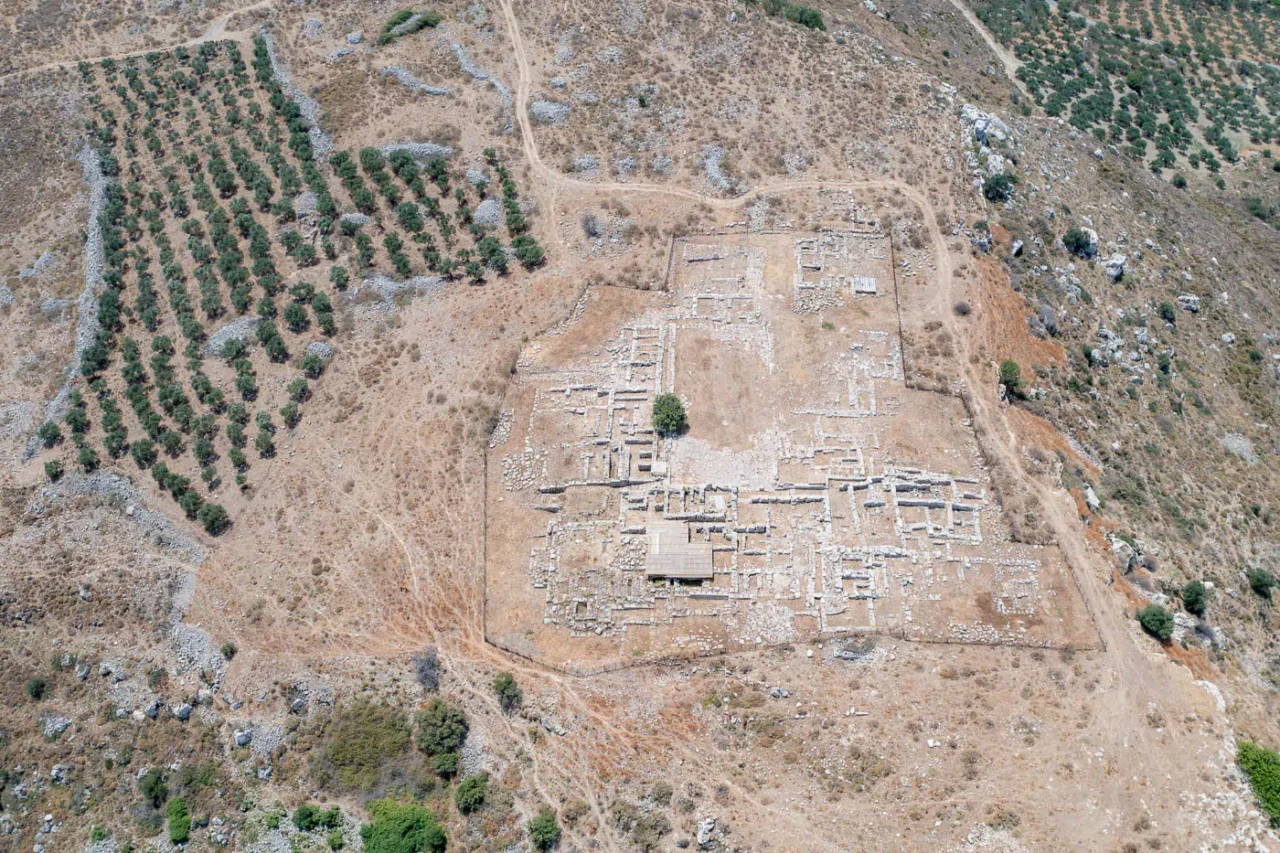
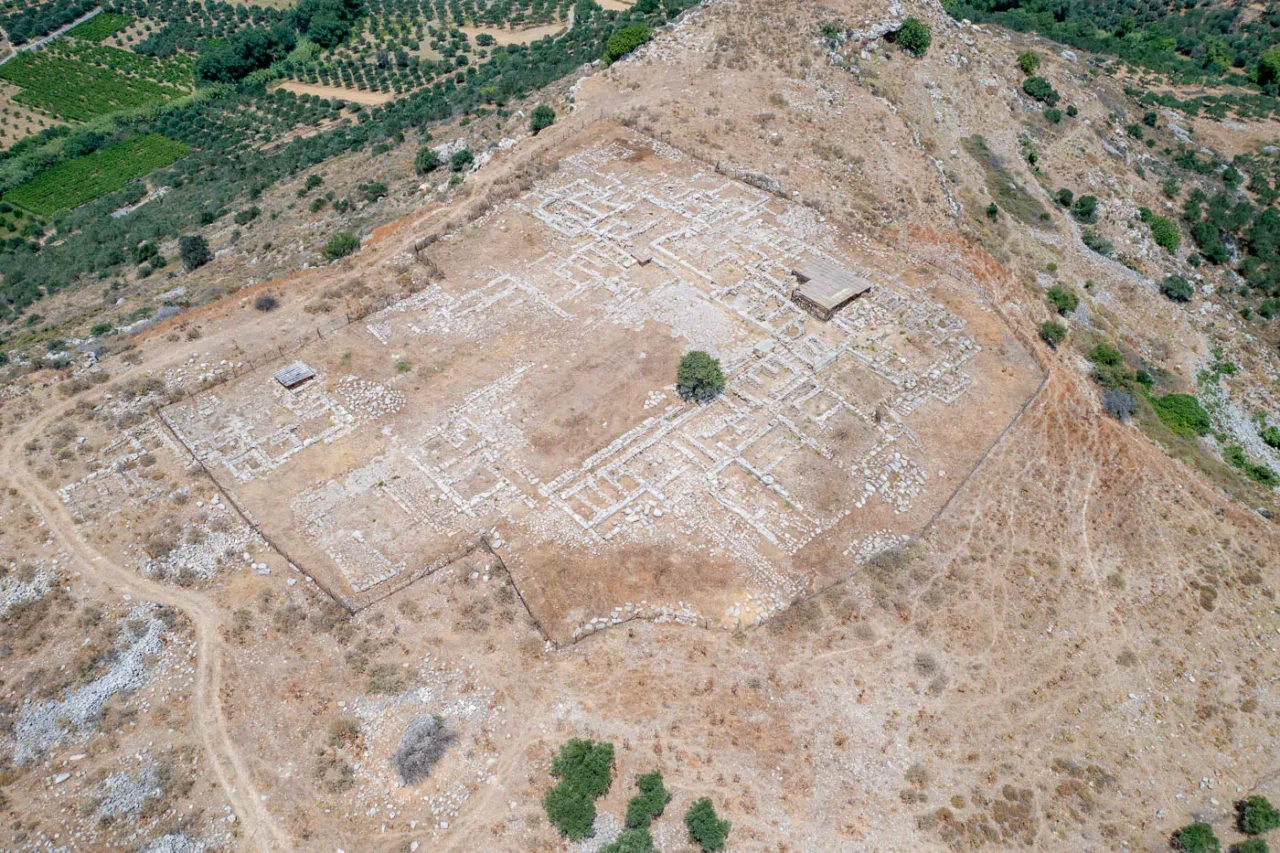
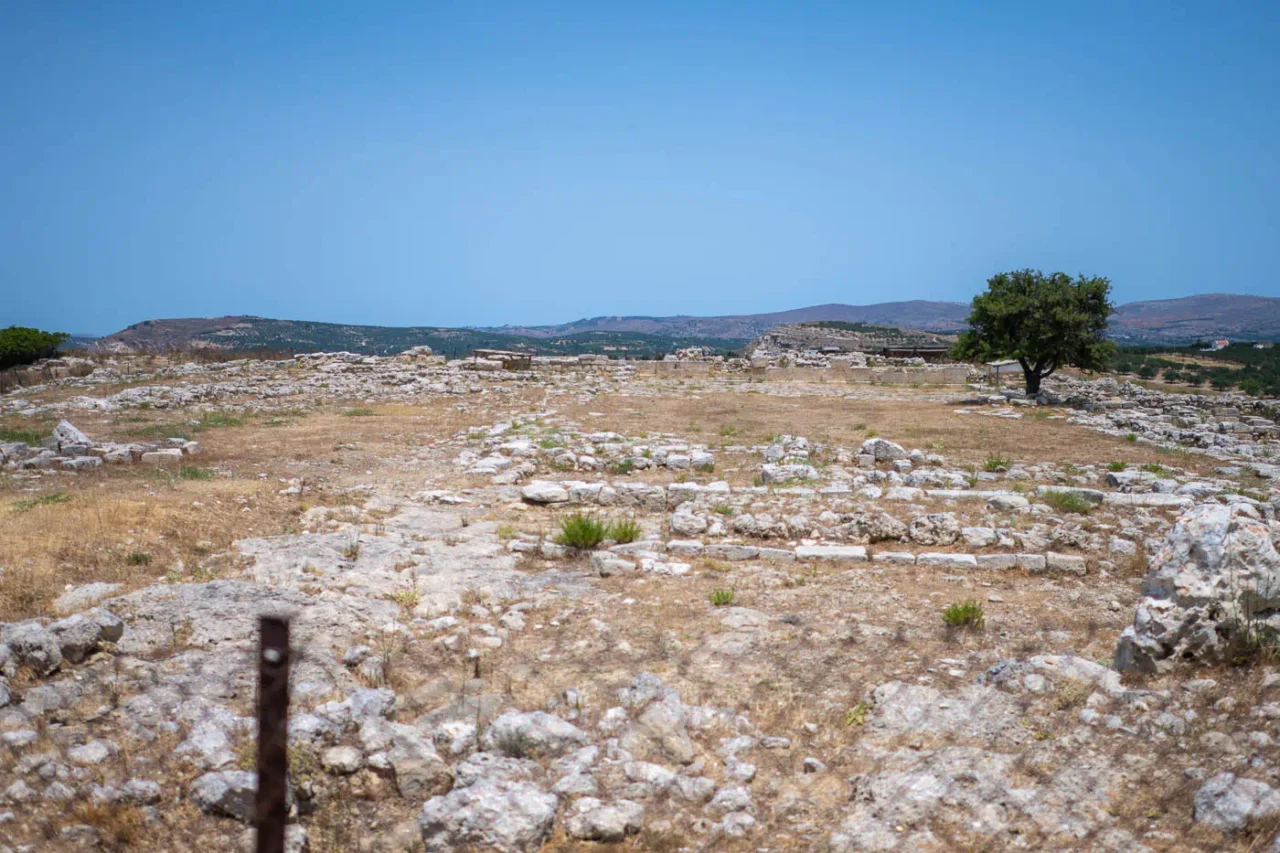
The Galatas Minoan Palace: An Untapped Resource
The Galatas palace is a significant archaeological site dating back to the Minoan era. It is located near the village of Galatas in the municipality of Minoa Pediada, central Crete. Built on a hilltop known as Galatiani Kefala, the palace dates back to the 17th century BC and was excavated between 1992 and 2005.
The palace complex sits at an elevation of over 400 meters above sea level. Its central courtyard, paved with slabs, measures 16 by 32 meters, making it the fourth largest among Minoan palaces after Knossos, Malia, and Phaistos. The palace’s layout is oriented roughly north-south, with the Minoan settlement extending down the hill towards the southeast.
Of the original four wings surrounding the central courtyard, the east wing is the best preserved. A distinctive feature of the palace is a large central hearth measuring 3 by 1.5 meters, found in a room with four columns in the east wing. Fragments of a fresco depicting a landscape were discovered beneath a layer of ash in this room.
The proximity of the Galatas palace to the village presents a unique opportunity for cultural tourism and economic development. However, the lack of public access and limited promotion of the site hinder its potential to contribute to the local community. Making the palace accessible to visitors would not only enhance the cultural experience of tourists but also raise awareness about the rich history of the area and provide much-needed economic stimulus.
Neglect and Lost Potential
The current state of the Galatas palace reflects a broader issue in Greece, where numerous archaeological sites remain underutilized and inaccessible to the public. Despite the acknowledged importance of cultural heritage, limited resources, bureaucratic hurdles, and a lack of strategic planning often prevent these sites from reaching their full potential.
The case of Galatas highlights the need for a more proactive approach to cultural heritage management. Investing in the development and promotion of archaeological sites like the Galatas palace would not only benefit local communities but also enrich the overall tourism experience in Crete. By making these sites accessible and engaging, Greece can leverage its rich history to create a more sustainable and culturally vibrant future.
Village Key Points
- Historical References:
- 1376: First documented reference in the Ducal Archive of Chandax.
- 1577: Mentioned in Venetian records.
- 1583: Recorded in Ottoman census with 122 inhabitants.
- 1671: Listed in Ottoman tax records.
- Location: 30 km south of Heraklion, near Arkalochori, Crete, Greece.
- Historical Significance: Byzantine origins, mixed population during Ottoman rule.
- Population data over the years: Decline from 143 in 1881 to 85 in 2011.
- Current Status: Small agricultural village with limited infrastructure.
- Minoan Palace: Significant archaeological site dating back to the 17th century BC, currently not open to the public.
Access
Galatas is 4.1 kilometers away from Arkalochori and 3.3 kilometers away from Thrapsano













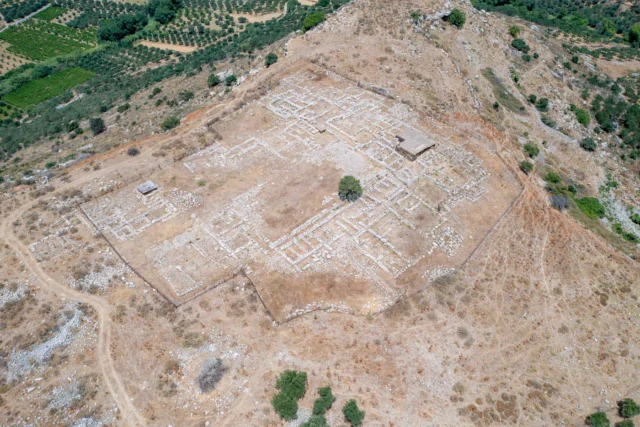
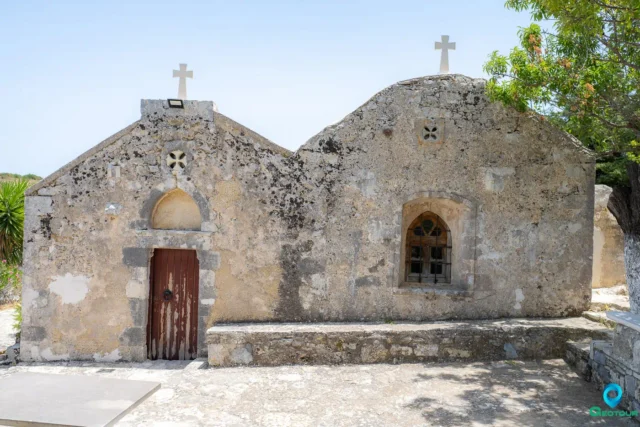

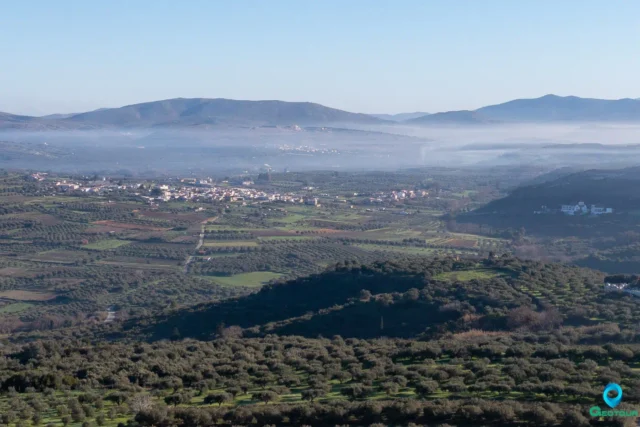

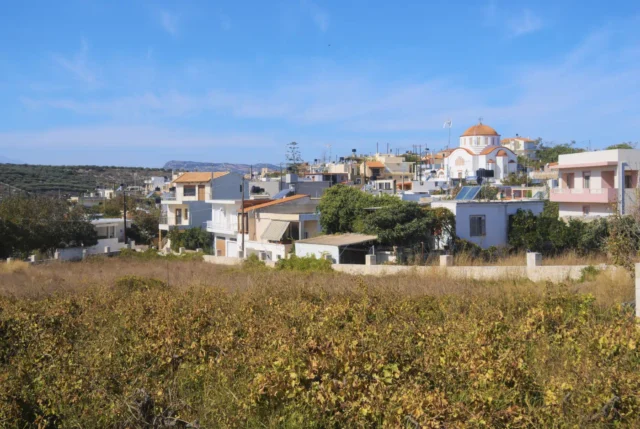

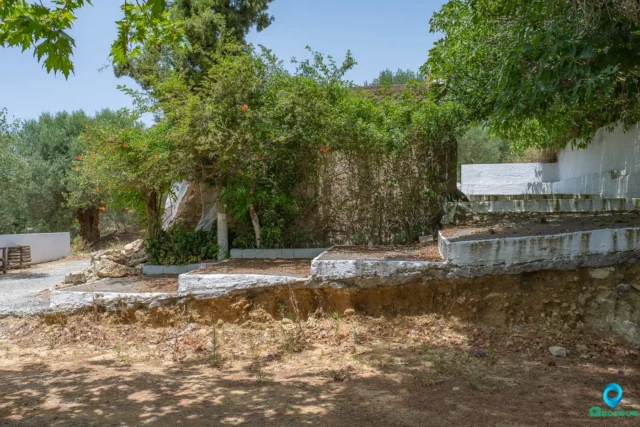

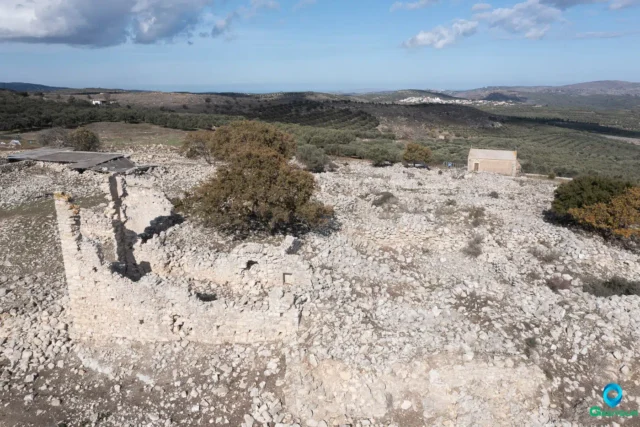

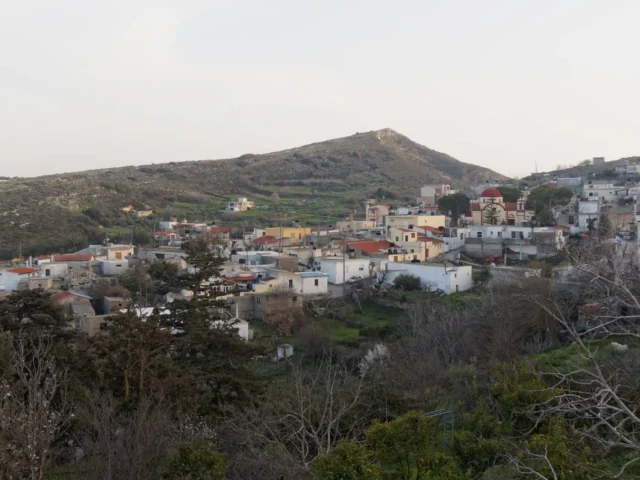

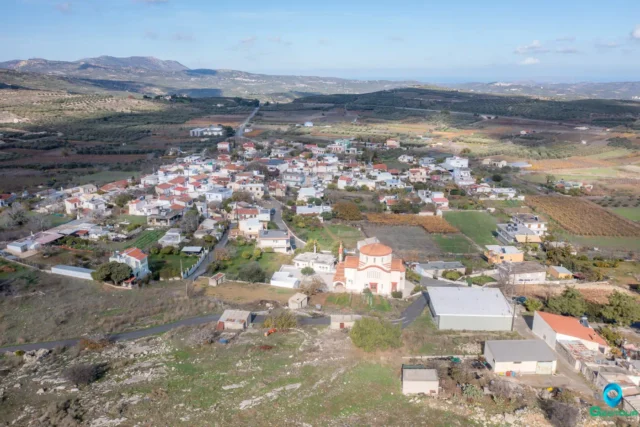

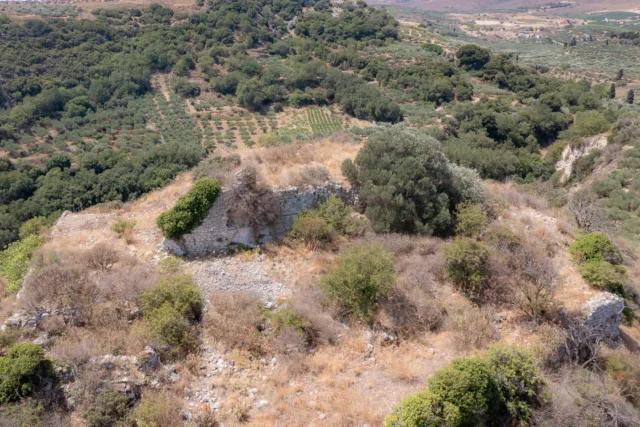
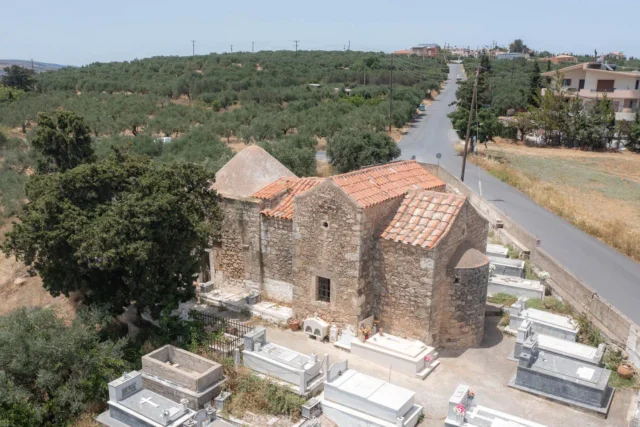
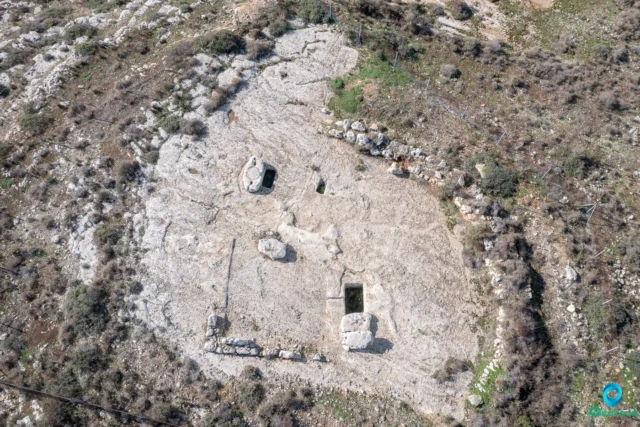

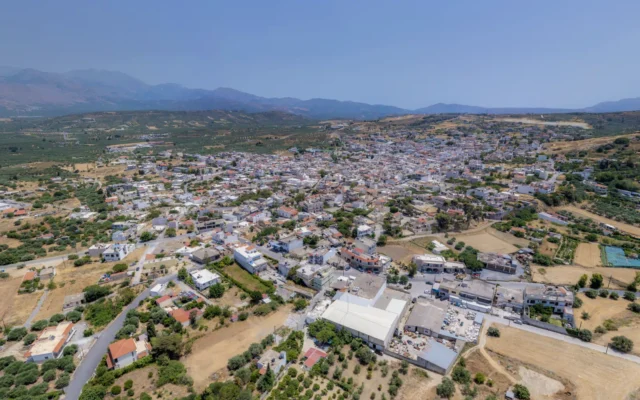

There are no comments yet.